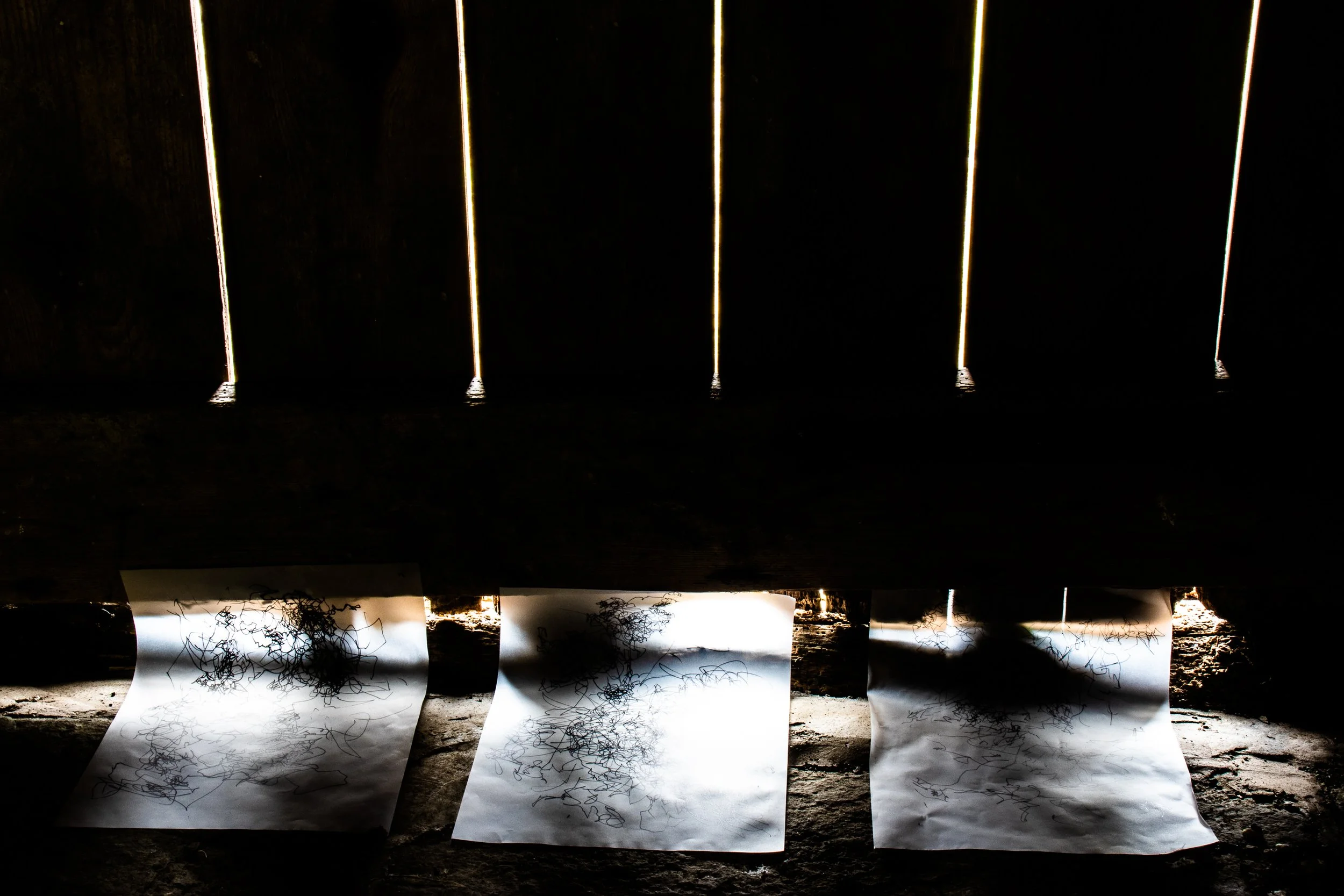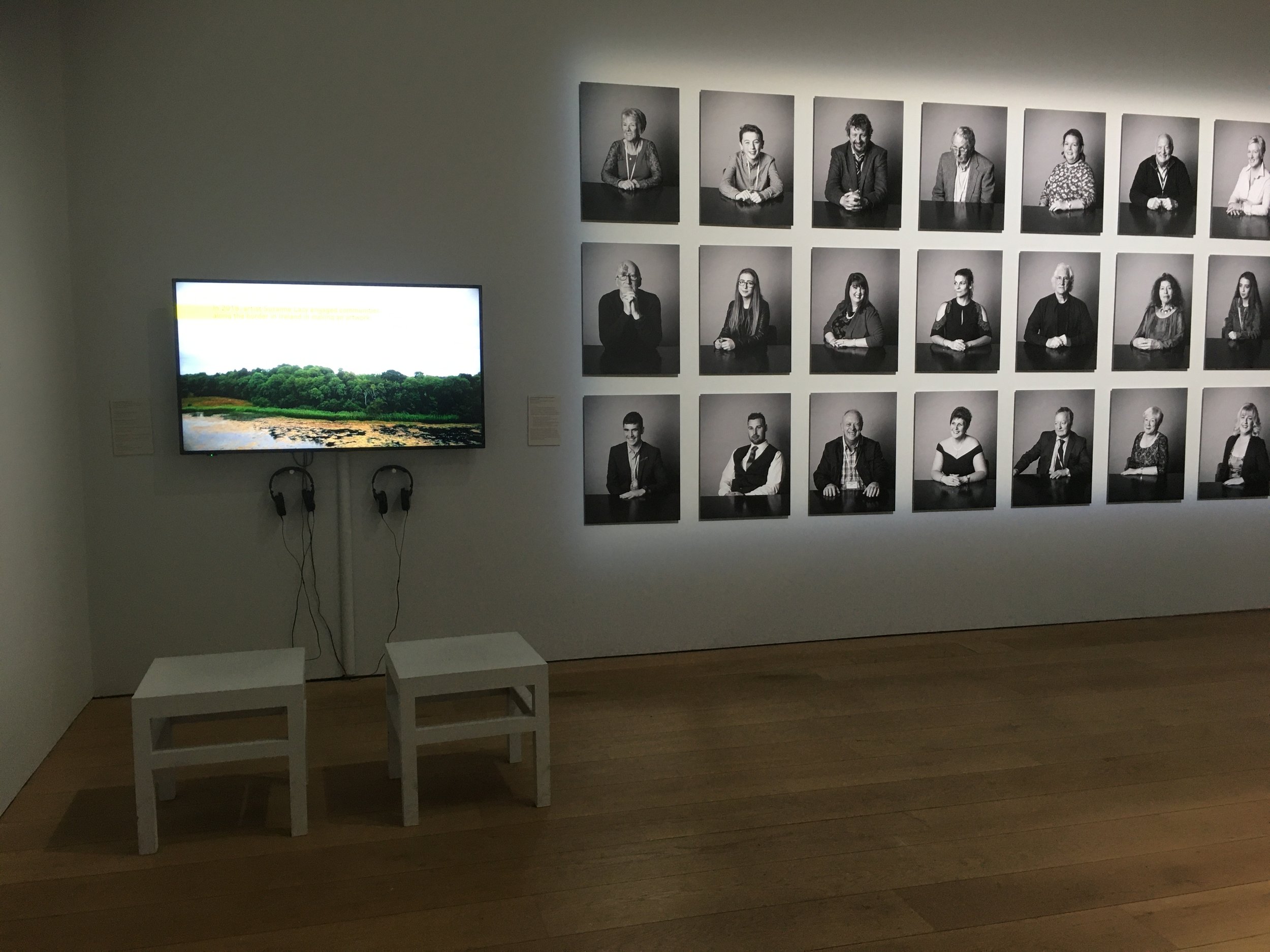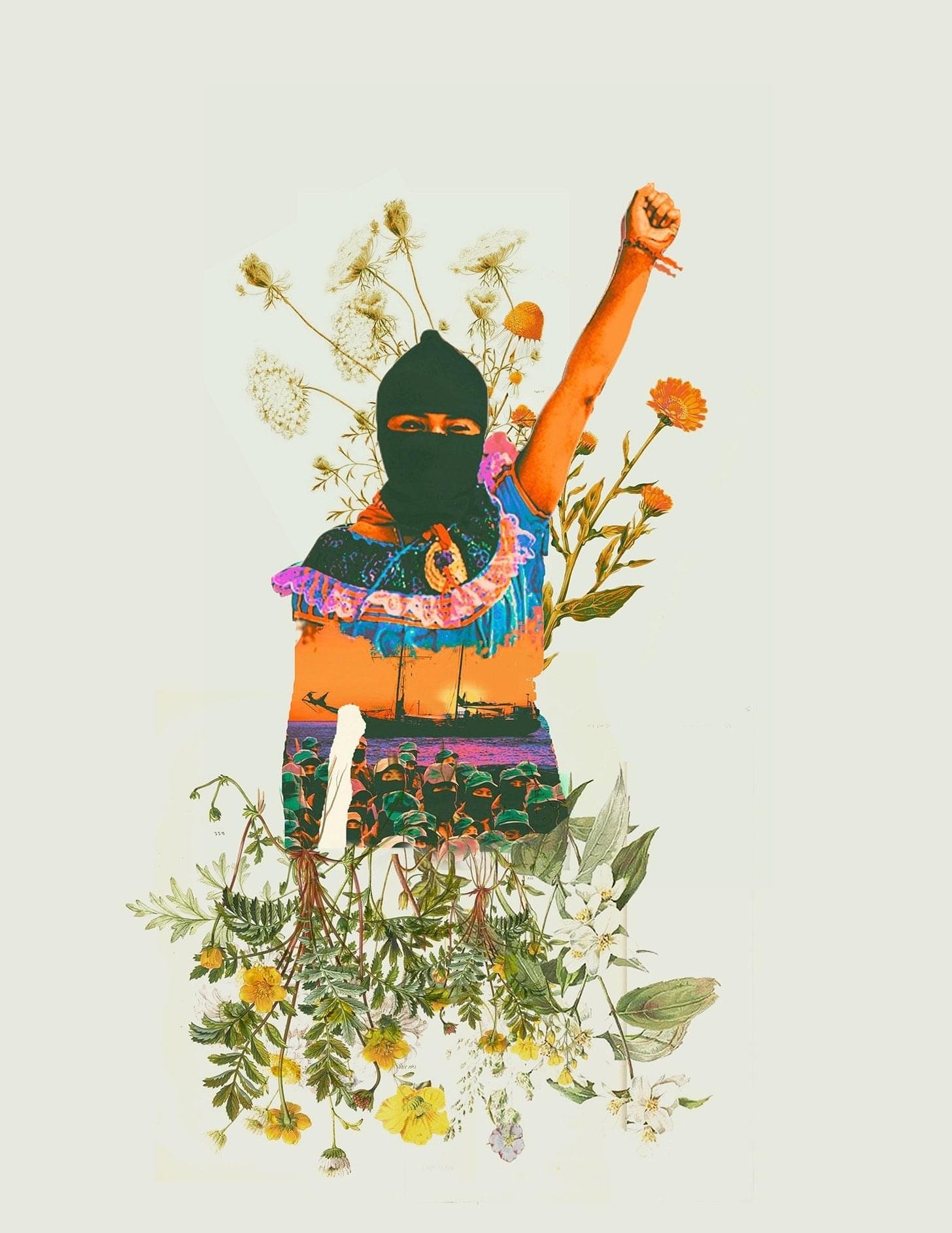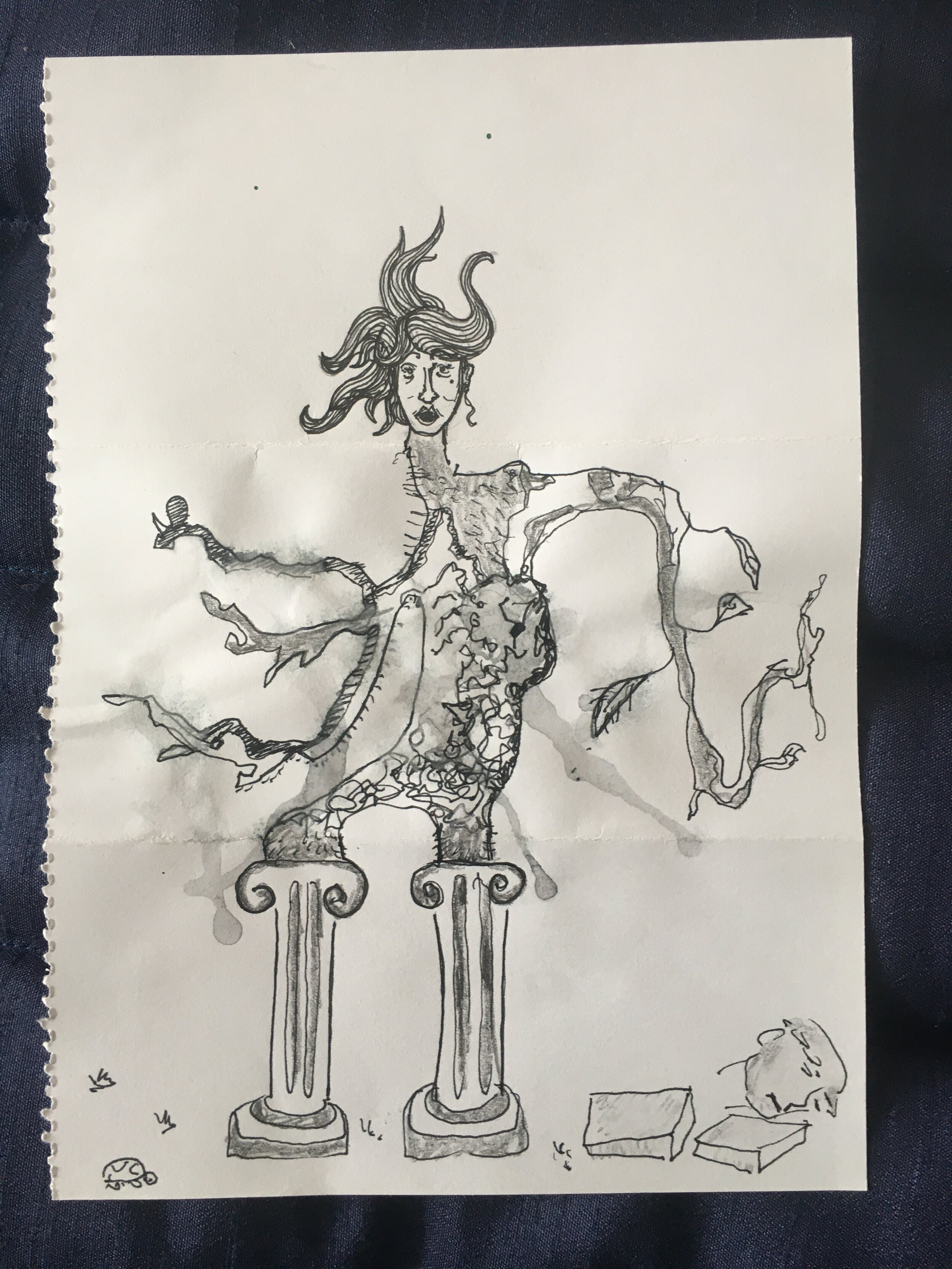Now published! In English with Welsh Idioms. With full colour illustrations by Wanda Zyborska, together with photographs by Lindsey Colbourne.
Suitable for adults and for brave children.
21x21cm, printed on non-coated paper with vegetable inks.
46 pages
£10+p&p from Tea with a Tree, or from Palas Print, Caernarfon or Caban, Brynrefail
Read more





























